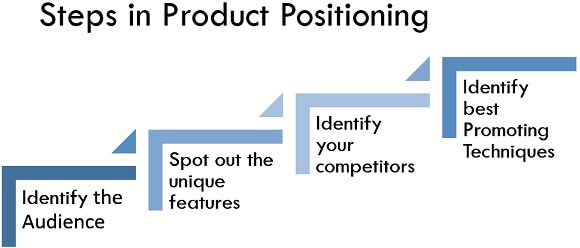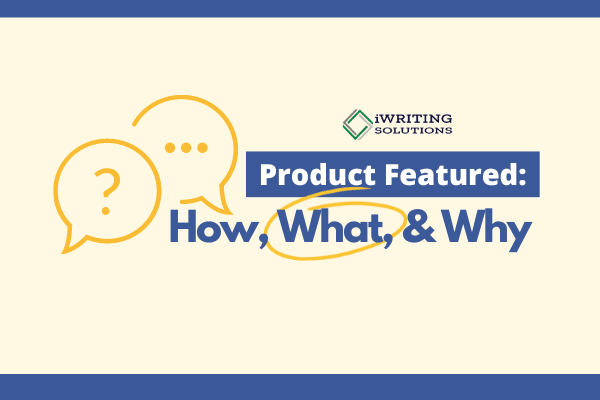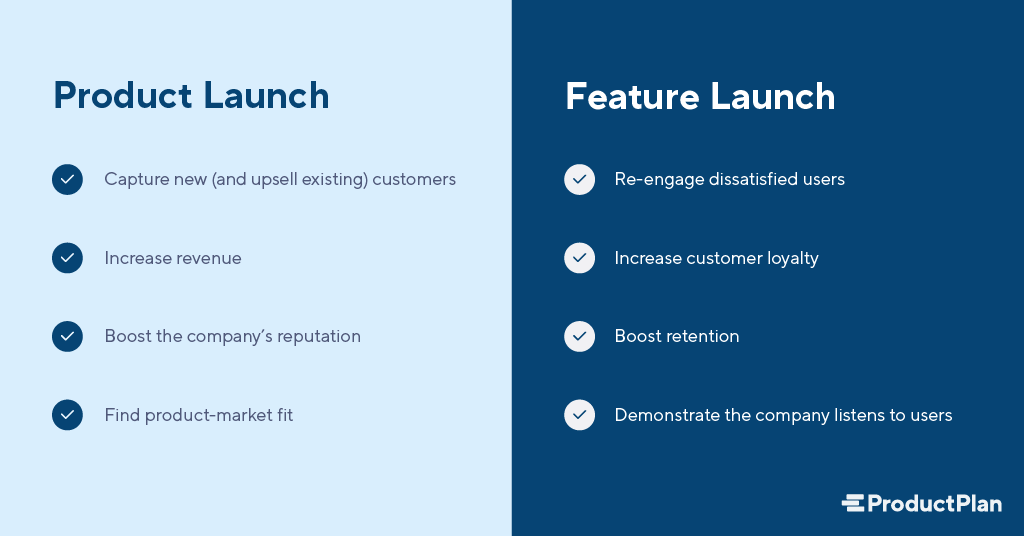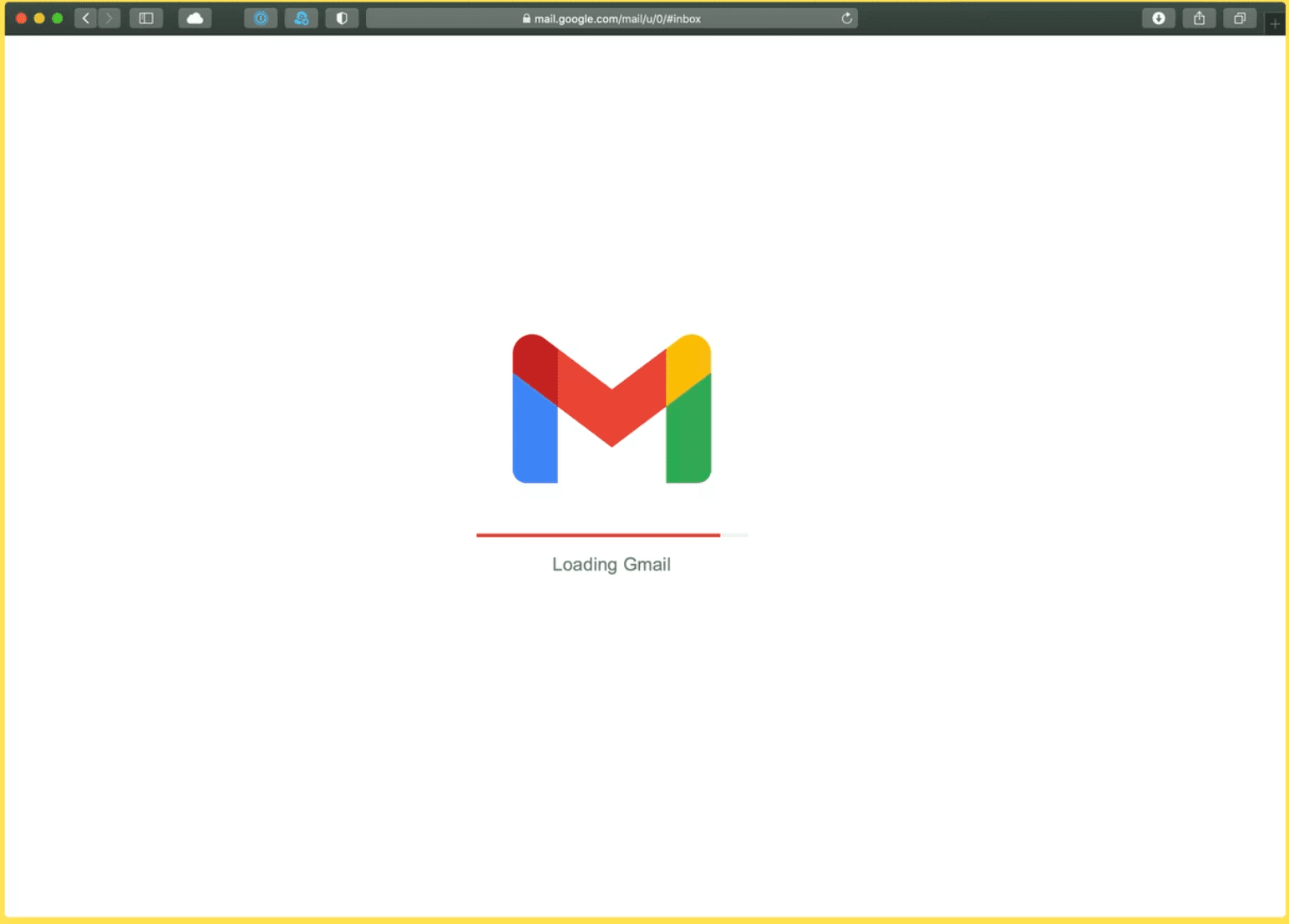| Summary |
| A product featured is a perfect marketing strategy for anyone who offers products or services. Additionally, it increases brand awareness, expands your audience reach, and puts you in a reliable and desirable spot. |
A product featured is a great way to show off your best items. But what makes a product worth featuring? It could be anything from its design to how it solves a common problem. So, whatever the reason, make sure you can back up your choice with a strong argument.
When customers see something they like, they want to know more about it immediately. That’s why featured products should have an inviting and compelling description that encourages them to explore further.
So ,you already know that a product featured is a terrific approach to showcase your goods in front of potential purchasers. But how do you do it? And why should you even bother? Keep reading to find out!
What is a Featured Product?
When products are tagged as “product featured” or “featured product,” it usually signifies that they are sponsored adverts. Basically, it means someone has paid to have that product or article promoted somehow.
However, this does not always apply to all featured products. Sometimes a website owner or writer will feature something simply because they like it. And at times, it’s free promotion, or they have not been compensated for doing so.
In addition, if you’re featuring your own product on your website, blog, or eCommerce platform. Here’s a video explaining how to make a woocommerce product featured:
Why is Product Featured Important?
You might think that getting your product featured in different media will significantly increase the traffic to your website. However, that’s not always the case. The following are some advantages of getting your product featured in the mainstream media:
1. Brand Awareness
Generally, every time your product is featured in magazines or other well-known websites, it can increase your brand awareness.
Book to Read: Awareness Without Advertising
2. Contacts
When your products get featured, some might get your contact information or ways to get to know your brand more. Generally, it’s especially true if someone wants to collaborate with you and become an endorser.
However, don’t get your hopes up. Sometimes these are frequently low-level and coincidental connections. But still, they can lead to significant opportunities for you and your brand.
3. Garner Attention
Ever heard about the snowball effect? It’s when something grows exponentially over time and at an increasing pace. Generally, a product featured in different places can trigger the snowball effect. When you get a spotlight from a website or magazine, others want to get you on theirs as well.
However, sometimes it does not happen that fast or doesn’t happen at all. So, be sure to pick the best media to get your product featured on.
4. Reliability
The more your products get featured on different media, the more people will value your credibility. It’s especially true when they’re on personal blogs or social media accounts. Additionally, using actual individuals to use your products quickly increases your credibility and the likelihood that people will trust your brand.
5. Widens your reach
Using featured products broaden your circle of influence and opens you to a different set of audience. So, always note that it may not be a big one, depending on the platform or media you’re putting your products on. But it is still influential, and you never know what will happen after that.

How to Choose What To Feature?
Choosing one or two products to highlight is a very tough ordeal. However, determining which products belong in your featured products category is usually rather straightforward. Here are some tips:
| Check reviews | Always look for products that have good reviews. People will see that your product is reliable, credible, and desirable. |
| Go for the bestsellers | If you want the easy route, just find the product that makes you the most money. It will create a sense of urgency and hype. |
| New products | Using a new item for your featured product is a great marketing strategy to promote it. |
| Use search terms | Check out your site’s analytics for the most popular searches. Those items can be your starting point. |
Steps For Getting Your Products Featured
Trying to have your product featured in sites and magazines can seem daunting. Some thought that editors were scouring around to find your product or others. But the reality is that you must seek them out and sell your story to them.

So, how do you do it? Here are five steps to getting your product featured:
1. Create a List
Make a list of media outlets where you’d want to showcase your items. Do you want it on blogs, magazines, newspapers, or websites? In short, consider every form.
Book to Read: Social Media Marketing Workbook
2. Do Some Research
Next, look at each newspaper or magazine’s website or previous issues. Check whether they’re a good fit for your products or not. So, examine the types of articles and items that each publication publishes to see.
Additionally, try to find out their target audience and how they format their buying recommendations. For example, what kinds of items do they normally spotlight? What is the typical price range, and how do they discuss those items?
3. When to Put Your Products
After selecting the appropriate media, it’s time to work out how your product fits into its editorial calendar. Generally, most website owners or editors do a product roundup to feature items. Every publication, print or online, takes a different approach to product roundups.
Some publish a monthly guide for their readers, and some wait until a major holiday arrives. In contrast, others publish a yearly roundup. Check the optimal time for your product to be featured. One way to do so is to look up the magazine’s editorial calendar. Make sure to pitch your product at least 30 days before the calendar’s “space closing” date.
To give you an idea, here’s a rough guide of what you can expect with an editorial calendar:
- January – losing weight
- February – Valentine’s Day gifts
- March – spring fashion, gardening, St. Patrick’s Day
- April – eco-friendly products
- May – graduation, Mother’s Day
- June – summer fashion, Father’s Day, graduation, weddings
- July – weddings, summer trips, Fourth of July
- August – back to school items
- September – labor day
- October – Halloween, fall fashion
- November – pumpkin spice, Thanksgiving
- December – Christmas, snow, winter fashion, holiday travels, New Year’s Day
4. Pitch Your Product
Create a story pitch for each publication, considering what you gathered from past issues and editorial calendars. In general, the more tailored your pitch is to the publication’s requirements, the more likely they will include you.
5. Do a Follow-Up
While research and pitching are critical steps, the last one may be the most crucial. Many business owners believe it’s a dead end if they don’t hear back from the media immediately. However, it’s simply not true.
Send a brief follow-up email about a week following your initial pitch. If you follow up and still don’t hear back, it doesn’t indicate the editor isn’t interested in your products. It’s either:
1. They aren’t interested right now.
2. They will pass your information on to an editor working on a story that is a better fit.
As an additional knowledge, here are some tips for a great follow-up email:
- Make it brief and courteous
- Tell them that you understand they are probably busy, but you wanted to ensure they received it
- Make sure to forward your initial email so they can easily find it in the chain
- Shed more light on the pitch and product or reiterate your request
Book to Read: Marketing and Brand Awareness Standard Requirements
Tips on Getting Your Product Featured
Other than the steps to get your product featured, some tips might help you along the way. So, here are some essential recommendations on getting your items highlighted:
- Target publications and media relevant to your brand or product
- Don’t create an advertisement but a story
- Be nice and friendly to website/blog owners and editors
- Website/blog owners are busy and are human too
Writing an Email for Pitching
We talked about pitching as one of the critical steps in getting your product featured. But how do you construct a killer email for it? Here’s how:
| Use a business email | A professional business or commercial email address is preferable to a personal email account. |
| Your signature matters | Include a signature with your contact information, such as your name, email address, and website link. |
| Strong subject line | According to Optinmonster, 47% of people read emails based on the subject line. It’s essentially a fine line between getting ignored or getting noticed. Your subject line should have an average of 5-8 words and be no more than 50 characters long. Also, don’t be too much salesy. |
| Personal greeting | You should know the name of the person you’re emailing and add that to your greeting. |
| Introduction | In the first two to three sentences should introduce yourself. It’s a fantastic time to tell them how you found them. You can say you’re a regular reader or have listened to one of their podcasts. |
| Pitch | Explain what you’re searching for in 3-5 sentences and the value you’re providing. Be specific about what you want. Don’t go beating around the bush. |
| Credentials | If you can, reinforce your statements in no more than three sentences by providing previous publications where you’ve been mentioned. You can also do it in a bulleted list. |
| Closing line | You can put a call to action here. Offer to provide additional information if necessary. Also, don’t forget to thank them for their time and express interest in hearing from them. |
Where to Get Your Product Featured?
You can pitch your products in many publications, blogs, and websites. Here are some great examples:
1. Buzzfeed
Buzzfeed is a digital media, news, and entertainment company based in the United States. It covers many topics such as business, politics, food, music, sports, and the latest technology. But how to get your product featured on Buzzfeed?
Shopify partnered with BuzzFeed to make it easier for your products to reach the editors. Generally, it can help you reach over 200 million people, increasing your sales by linking you with new clients. However, the BuzzFeed channel is only available to US stores that utilize USD and sell within the US.
2. Magazine
Magazines are among the most difficult to acquire placements because they are very specific about what they cover. Not to mention there is always a long list of high-quality products waiting in line.
Certainly, it’s best to hire a publicist or an agency specializing in long-term public relations. They will have some of the needed contacts and the knowledge to pitch your product.
3. Blogs
Blogs are more popular than most people realize. Generally, people use blogs to learn, be inspired, and seek advice on various topics. These blogs also have a specific audience, which is ideal for marketing and promoting your product.
Takeaway: Product Featured
Getting your product featured effectively reaches out to potential customers and informs them about the product. Therefore, follow the tips and steps mentioned to get a head start. With a little hard work, research, and determination, you’ll be thrilled to see your products in popular magazines or websites.






